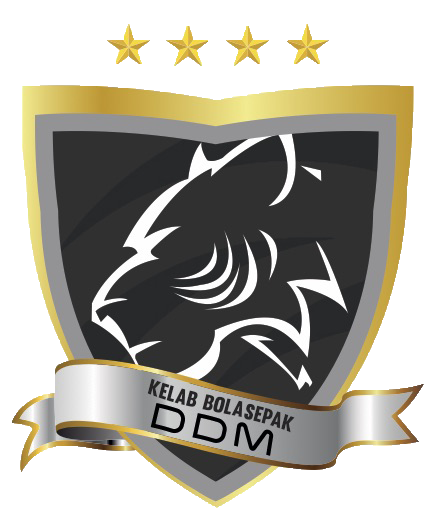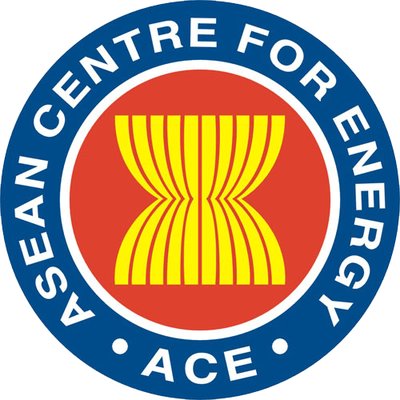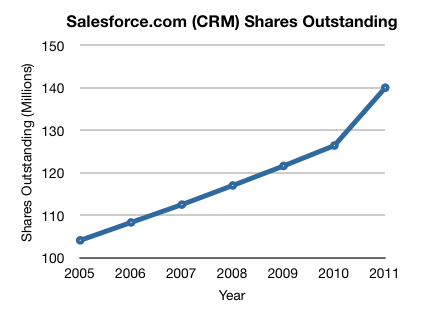
When following the cycle, the idea is to avoid making repetitive mistakes. The process is iterative, a common approach within agile management and something that is also known in fields such as Design Thinking. While the model is simple, the best result is obtained when working with the model with a long-term perspective, which will require commitment from your organisation’s management.
Which of the following is the iterative method in forecasting?
Answer and Explanation: As we know that an iterative process used for finding the expert consensus of a given question in forecasting is known as the Delphi method.
We have spoken about the need to utilize diverse models for our decision making process, let’s review those that you most likely find out there in the books that talk about cyber security operations. In our PDCA example, the overall goal could be to create awareness among the team about information security. One target could be that the majority of the team completes all training courses. It could also be that the team enjoys the training, which would probably need a more qualitative method to check.
What Is the Iterative Process in Qualitative Research?
Additionally, making security improvements through staff awareness training gets you closer to compliance with several other cyber security frameworks, including the GDPR. Many companies experiment with design Darwinism, the idea that products, like evolution, will cycle through a series of incremental changes which of the following is iterative four stage approach for continually improving the process and nearly design themselves. But without other layers in the process, such as strategic design and interaction design, these products may fail because they don’t address the real needs of users. Companies such as Google and Microsoft experiment with creating new products solely through design Darwinism.

It comprises a combination of philosophies and principles of five significant quality leaders as shown in Table 3. Whenever any process improvement activities are to be initiated in any organization, going directly for the Plan stage, as defined by PDCA, cycle is difficult. The organization needs to identify and prioritize the vital few from the large number of projects that are available. In such cases, the Evaluate stage of E3P3 identifies and prioritizes those vital few improvement projects in a systematic way. Similarly, according to Ishikawa, the most likely process inputs, the Ms, are grouped in the material, method, machine and manpower (4M) categories. These four Ms, the main sources of variation of any process, must be managed proactively instead of being sought after the postmortem through root cause analysis.
So what is a non-iterative process?
This energy policy should be clearly communicated within the organization. The energy team driving this continuous improvement cycle is the connection between management and employees. In this phase, the organization has to identify the significant energy uses and prioritize the opportunities for energy performance improvement. A key to success in establishing an effective energy management program is ownership by the top management in the company. This ownership is not just to implement an energy management program or system, but to keep the continuous improvement cycle going over time with committed resources and oversight.

If the condition is true, the program repeats, but if it is false, it goes to the next step. A useful model called “structured decision making” entered the scene a few years ago as a candidate for a simplexity framework. We improve our courses all the time, but sometimes we forget to tell people how.
Focus on the customer
First, checks alongside implementation ensure the project’s objectives are being met. Second, a more comprehensive review of the project carried out upon completion addresses the successes and failures so that future adjustments can be made. Nawras Skhmot, is a Norwegian civil engineer and entrepreneur with an educational background from The Norwegian University of Science and Technology (NTNU) and UC Berkeley.
- The non-iterative process also assumes that requirements can be locked down, which makes it difficult (and costly) to handle changes.
- They’ll note pain points and successes, and then continue building out the one that tested the best.
- The PDCA Cycle provides a framework and structure for identifying improvement opportunities and evaluating them objectively.
- A comprehensive 128-page, Sustainable Energy Efficiency guide is available to help you plan, do, check and act on your energy management program.
Data is compared to the expected outcomes to see any similarities and differences. The testing process is also evaluated to see if there were any changes from the original test created during the planning phase. If the data is placed in a chart it can make it easier to see any trends if the PDCA cycle is conducted multiple times.
Introducing the Evolutionary E3P3 Methodology
A coach can help provide personalized support to your workforce to help create a value stream that performs. The best way to encourage continuous improvement is to create a culture that supports it. Encourage employee involvement by asking for and receiving feedback. After you’ve implemented your solution, it’s time to see if it worked. Ragone says this is the most important step in all forms of process improvement.
Revolutionizing the Digital Economy: Experience-Led Growth Takes Center Stage – CMSWire
Revolutionizing the Digital Economy: Experience-Led Growth Takes Center Stage.
Posted: Mon, 17 Apr 2023 07:00:00 GMT [source]
If you are working with vendors on any project, you need to be clear about the requirements and timeline. In the iterative model, clear contracts and expectations are essential. At the beginning of any contract, ensure that you have a hourly or market rate if the project veers too far off scope or time. Even if the project changes for good reasons, both you and the vendor must be willing to be flexible rather than stick to a schedule or scope that defeats the whole point of iterating.
One thought to “PDCA/PDSA Cycle : PMP/CAPM”
In this article we dig a bit deeper into the critical steps of this PDCA process. Learn how to keep the momentum flowing with continuous improvement, while enlisting the help of a PDCA cycle in your business today. After testing, your team will evaluate the success of the iteration and align on anything that needs to change. If something needs to change, you can restart the iterative process by going back to step two to create the next iteration. Keep in mind that your initial planning and goals should remain the same for all iterations.
What are the 4 main phases of a PDCA model?
PDCA Cycle involves four key steps: Plan, Do, Check and Act. PDCA works slightly differently from Deming Cycle, Shewhart Cycle, and PDSA.
In product engineering and project management, a designer produces a draft or sample intended to meet the core needs of the customer or user. That design is then revisited and fine-tuned multiple times by the designer and project owner until the best possible version is achieved. However, before you purchased the antivirus program, did you actually know why you bought it and what purpose the program would fulfil? Did the management in your organisation agree on how to measure the success of the antivirus program? If your organisation struggles when trying to answer these types of questions, it will also be difficult to assess the value of the initiative.
Which of the following is iterative 4 stage approach for continuously?
PDCA is an iterative, four-stage approach for continually improving processes, products or services, and resolving problems.